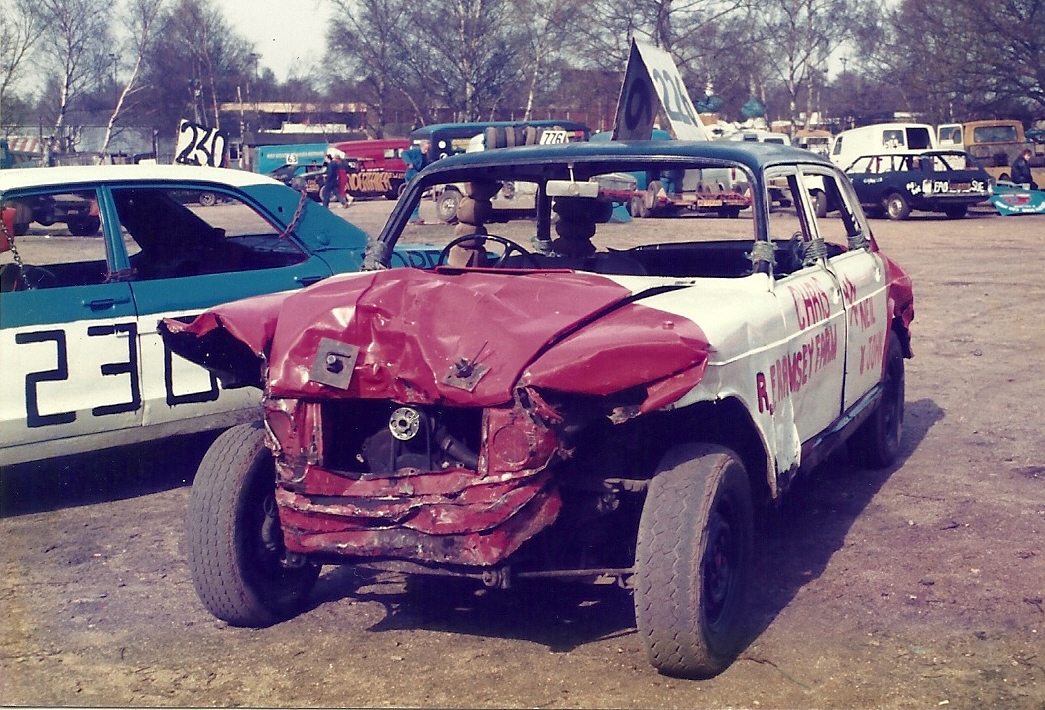Austin 3-Litre History
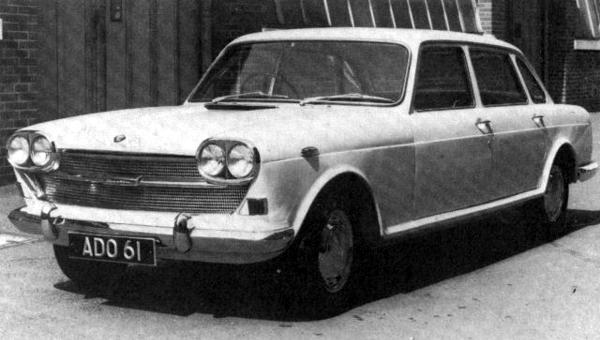
The Austin
3-Litre had a short life and certainly fell short of the
expectations of its makers in terms of sales. Predicted sales
of 10000 cars a year were maybe optomistic in an era where large
cars were in an era of decline, the 3-Litre was to replace the much
loved Austin
Wesminster but also had to fit in with the rest of the range of
other cars in the BL family. This pretty much guaranteed a
hydrolastic suspension set up would be required.The idea of the car was first discussed
in the early sixties, the original concept was a collaboration with
Rolls Royce and to use the Rolls Royce B40 engine, with an enlarged
Austin 1800 bodyshell, the car was to be marketed as either a Rolls
Royce Rangoon or a Bentley Bengal. This project got as far as half
size clay models as pictured below, before being abandoned, Rolls Royce then went off and
built the Silver Shadow.
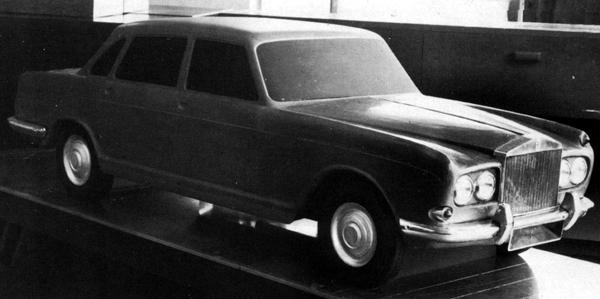
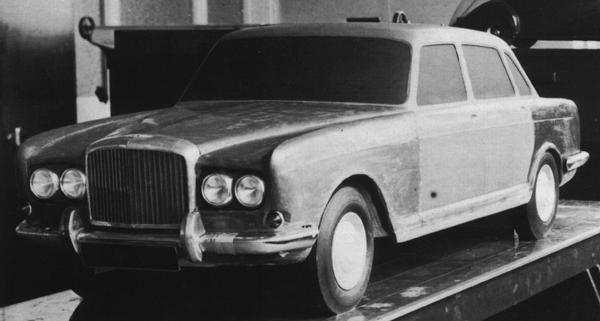 The attention
then moved towards the Princess 4-Litre R. The 4-Litre R was a car
which was hurredly developed and consequently had many issues upon
its launch. For this reason the Austin 3-Litre was to be given a
different approach before being offered on sale to the public. The
first car was
have been built in 1963 and was given the factory code of ADO61.
Development was slow, the BMC and Leyland merger, internal politics
and the rising costs of developing the
car, coupled with getting the hydrolastic suspension to work on a
car so large, all slowed its progress. One of the first prototypes is pictured at the
top of this page. Twenty five cars built
were given to selected people for evaluation and testing, the
feedback from these people instigated changes to the car before the
true production cars were built, these cars had the now famous
rectangular headlamps fitted. As shown in the photograph below. The
first true production car chassis number is 101 and was Carlton Grey.
The attention
then moved towards the Princess 4-Litre R. The 4-Litre R was a car
which was hurredly developed and consequently had many issues upon
its launch. For this reason the Austin 3-Litre was to be given a
different approach before being offered on sale to the public. The
first car was
have been built in 1963 and was given the factory code of ADO61.
Development was slow, the BMC and Leyland merger, internal politics
and the rising costs of developing the
car, coupled with getting the hydrolastic suspension to work on a
car so large, all slowed its progress. One of the first prototypes is pictured at the
top of this page. Twenty five cars built
were given to selected people for evaluation and testing, the
feedback from these people instigated changes to the car before the
true production cars were built, these cars had the now famous
rectangular headlamps fitted. As shown in the photograph below. The
first true production car chassis number is 101 and was Carlton Grey.
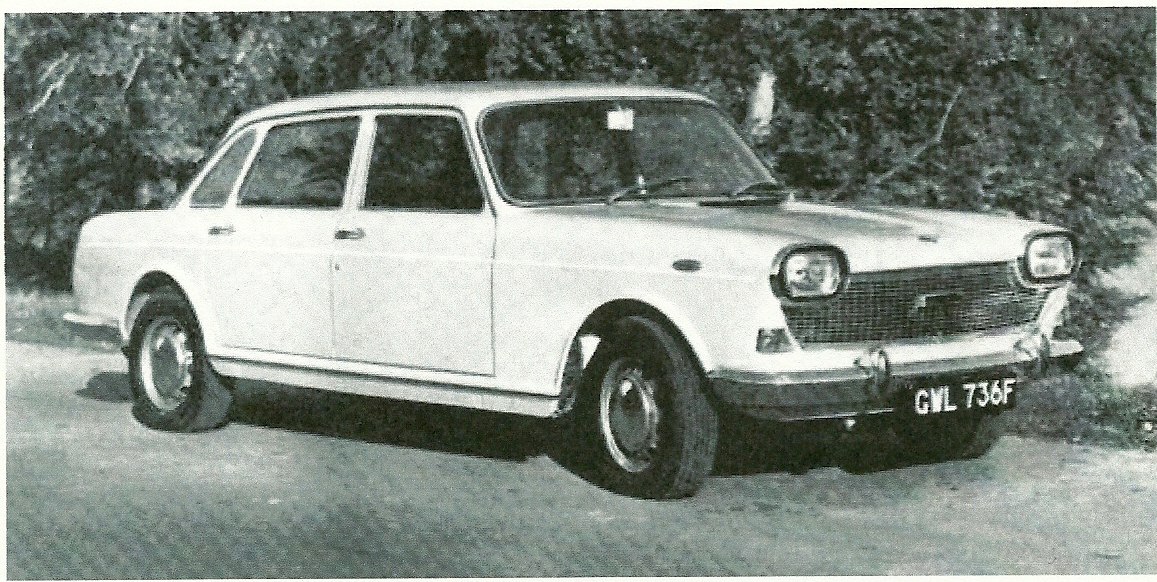 Raymond Baxter
was brought in to launch the car but when it was unveiled it was
noted that the press were not enthusiastic about the car.
Priced at £1418, the first cars which are now known as "pre-deluxe"
started to come off the production line in January 1968, this version is
pictured below. A total of 962 of this version were built, the
car pictured below is one of very few survivors.
Raymond Baxter
was brought in to launch the car but when it was unveiled it was
noted that the press were not enthusiastic about the car.
Priced at £1418, the first cars which are now known as "pre-deluxe"
started to come off the production line in January 1968, this version is
pictured below. A total of 962 of this version were built, the
car pictured below is one of very few survivors.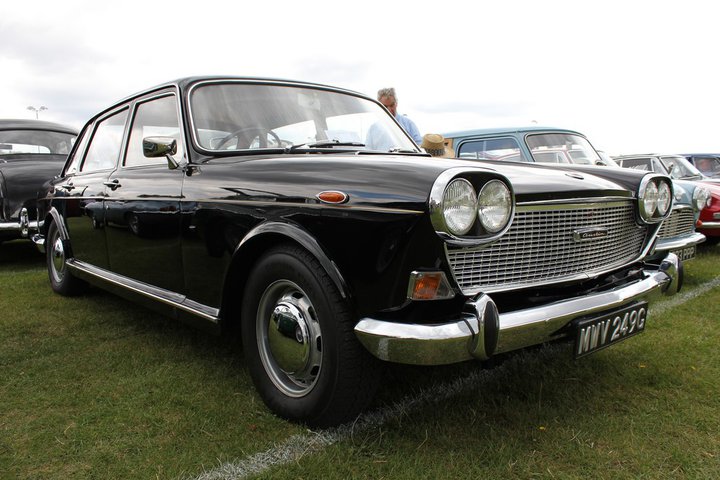 Sales were
slow and in an effort to boost sales the car was revamped in October
of 1968, this is the "deluxe" version. Revisions were; scrunchie
door pockets instead of hard pockets, a larger steering wheel, cloth
headlining replaced the previous vinyl, larger more comfortable
seats with armrests finished in ICI Ambler replaced the leather
seats, more luxurious carpets, higher final drive gearing, solid
road wheels replaced the previous vented type and the chrome hubcaps
were replaced by stainless steel items, front
quarter lights and larger wood door cappings all gave a more upmarket
feel to the car. The revisions seemed to have worked because the cars
began to sell albeit in small numbers. The deluxe car essentially remained
unaltered during its production run, towards the end of production
the car had some slight revisions, the last few hundred cars built
had engines which were upgraded to MGC specification which gave them
an extra 15bhp, the engine in these cars is painted black, larger
heater vents on the dashboard, a steering lock and improved front
quarter light locks completed the facelift. April of 1971 saw the
last car leave the production lines at Cowley. It was a well
appointed luxury car, it was never replaced and is therefore the
last big luxury car to wear the Austin badge, truly the end of an
era. The car had some prejudices from its launch, some of these were
due to its innovative design. People trust what they know and the
3-Litre had many new features not seen before in a car like this.
Rack and pinion steering with load compensation sensing, hydrolic
self levelling rear suspension, it was one of the first cars to be
fitted with an alternator. All commonplace these days but in 1967
people looked at such things with caution. The author has spoken to
some mechanics who worked on the cars when they came out and still
shudder at the thought of working on one. This seems irrational
really as the cars are relatively easy to work on, many people who
run 3-Litres these days and do their own maintenance with no real
problems. It was, and still is a great car, this has been proved
over the passage of time, percentage wise it has survived in greater
numbers than some of its contemporaries, given the desire for its
componenet parts, this is a great acheivement and proves its design
was good. A solitasry hearse was built by the factory, all other
variations on the cars were modified by specialist companies. A very
capable car built slightly too late and into a declining
marketplace, the 3-Litre was quetly dropped from the sales line up
in 1971, a replacement was not considered necessary due to other in
house models seen as filling the gap it left. BLMC Managers who ran
them as company cars were in general very reluctant to give them up
when the time came to change them. The last big luxury Austin was a
very worthy car indeed and deserved a far better reputation than it
had. One part of the cars history is banger racing, an unusual subject on
a site about classic cars yes, but it is part of the cars history.
These cars were very over-engineered and as such were incredibly
strong, fast and reliable, this made them ideal cars for banger
racing. Spedeworth drivers Nick Linfield won a world
championship in 1981 driving an Austin 3 Litre, Graham Lashley
followed suit in 1983 again in an Austin 3 Litre. It is true that
Banger racing has seen the end of many Austin 3-Litres, we would
hope the vast majority of these were well past any hope of realistic
restoration. MGC owners have plundered far better cars in
search of a cheap engine or overdrive gearbox. In the 1980's many of
these cars were begining to show their age and due to at the time
having low economic value, they made an ideal car for racing. The
car soon became the choice for many seasoned racers, and feared by
those who were racing other cars. It was very common to see the
front of the engine poking out of the car and emitting a large
shower of sparks as it made contact with its victim! The racing
scene has always had racers symathetic to the cars they race, and as
such many cars have been kept on the road using spares from raced
cars. The car pictured below, although looking sound was incredibly
corroded underneath, it was raced in 1988. Several cars benefited
from parts donated from it, some of these are still on the authors
car over 25 years later! What goes round comes round as they say, a
good many keen racers from days gone by are now passionately
involved in preserving the cars that remain.
Sales were
slow and in an effort to boost sales the car was revamped in October
of 1968, this is the "deluxe" version. Revisions were; scrunchie
door pockets instead of hard pockets, a larger steering wheel, cloth
headlining replaced the previous vinyl, larger more comfortable
seats with armrests finished in ICI Ambler replaced the leather
seats, more luxurious carpets, higher final drive gearing, solid
road wheels replaced the previous vented type and the chrome hubcaps
were replaced by stainless steel items, front
quarter lights and larger wood door cappings all gave a more upmarket
feel to the car. The revisions seemed to have worked because the cars
began to sell albeit in small numbers. The deluxe car essentially remained
unaltered during its production run, towards the end of production
the car had some slight revisions, the last few hundred cars built
had engines which were upgraded to MGC specification which gave them
an extra 15bhp, the engine in these cars is painted black, larger
heater vents on the dashboard, a steering lock and improved front
quarter light locks completed the facelift. April of 1971 saw the
last car leave the production lines at Cowley. It was a well
appointed luxury car, it was never replaced and is therefore the
last big luxury car to wear the Austin badge, truly the end of an
era. The car had some prejudices from its launch, some of these were
due to its innovative design. People trust what they know and the
3-Litre had many new features not seen before in a car like this.
Rack and pinion steering with load compensation sensing, hydrolic
self levelling rear suspension, it was one of the first cars to be
fitted with an alternator. All commonplace these days but in 1967
people looked at such things with caution. The author has spoken to
some mechanics who worked on the cars when they came out and still
shudder at the thought of working on one. This seems irrational
really as the cars are relatively easy to work on, many people who
run 3-Litres these days and do their own maintenance with no real
problems. It was, and still is a great car, this has been proved
over the passage of time, percentage wise it has survived in greater
numbers than some of its contemporaries, given the desire for its
componenet parts, this is a great acheivement and proves its design
was good. A solitasry hearse was built by the factory, all other
variations on the cars were modified by specialist companies. A very
capable car built slightly too late and into a declining
marketplace, the 3-Litre was quetly dropped from the sales line up
in 1971, a replacement was not considered necessary due to other in
house models seen as filling the gap it left. BLMC Managers who ran
them as company cars were in general very reluctant to give them up
when the time came to change them. The last big luxury Austin was a
very worthy car indeed and deserved a far better reputation than it
had. One part of the cars history is banger racing, an unusual subject on
a site about classic cars yes, but it is part of the cars history.
These cars were very over-engineered and as such were incredibly
strong, fast and reliable, this made them ideal cars for banger
racing. Spedeworth drivers Nick Linfield won a world
championship in 1981 driving an Austin 3 Litre, Graham Lashley
followed suit in 1983 again in an Austin 3 Litre. It is true that
Banger racing has seen the end of many Austin 3-Litres, we would
hope the vast majority of these were well past any hope of realistic
restoration. MGC owners have plundered far better cars in
search of a cheap engine or overdrive gearbox. In the 1980's many of
these cars were begining to show their age and due to at the time
having low economic value, they made an ideal car for racing. The
car soon became the choice for many seasoned racers, and feared by
those who were racing other cars. It was very common to see the
front of the engine poking out of the car and emitting a large
shower of sparks as it made contact with its victim! The racing
scene has always had racers symathetic to the cars they race, and as
such many cars have been kept on the road using spares from raced
cars. The car pictured below, although looking sound was incredibly
corroded underneath, it was raced in 1988. Several cars benefited
from parts donated from it, some of these are still on the authors
car over 25 years later! What goes round comes round as they say, a
good many keen racers from days gone by are now passionately
involved in preserving the cars that remain. 